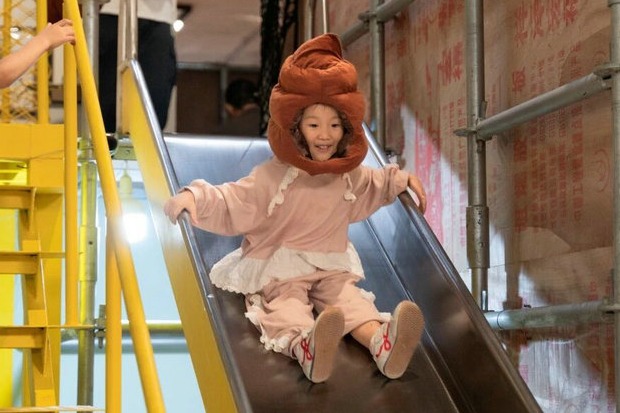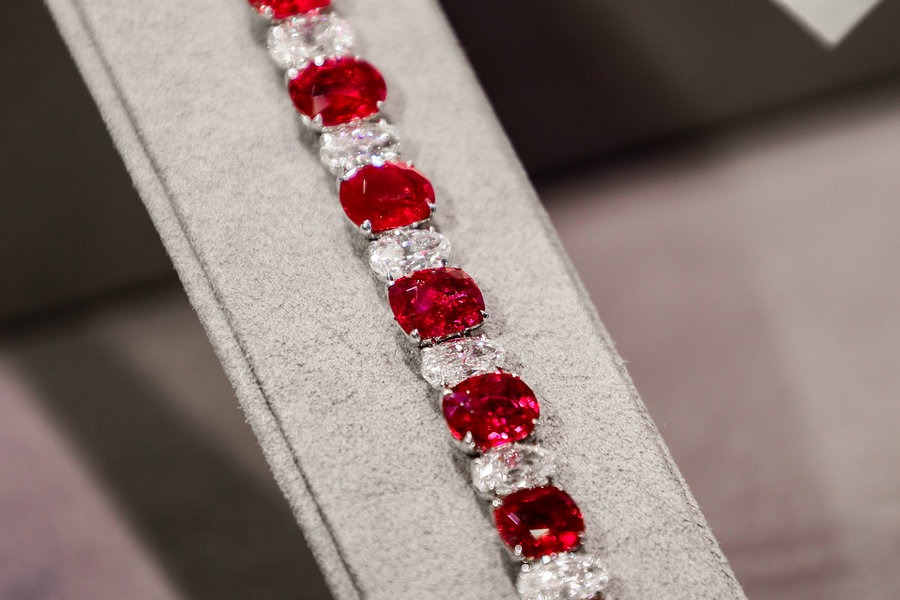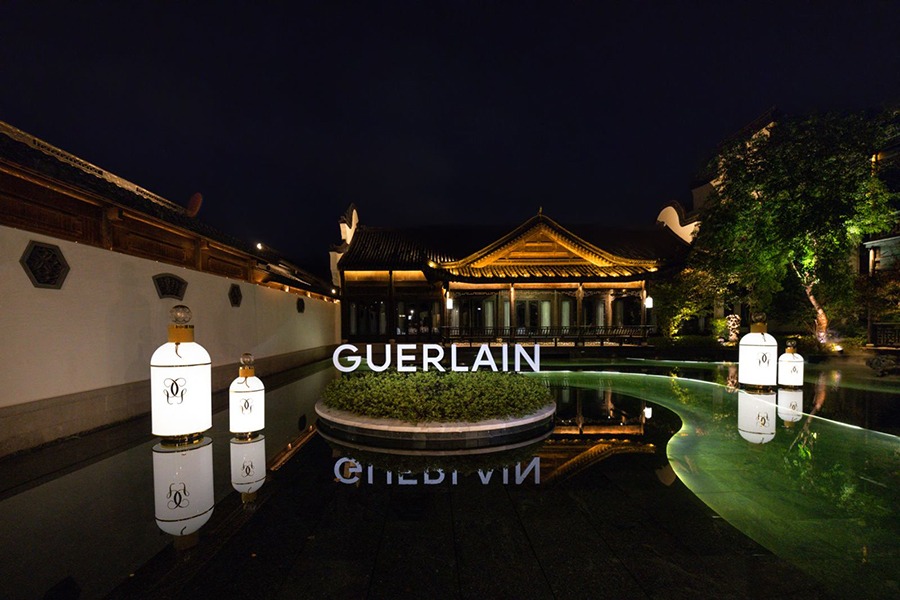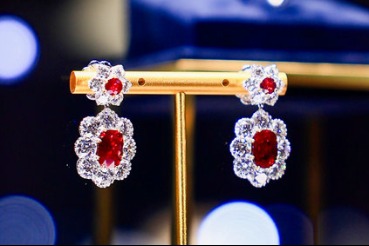Song in a cup

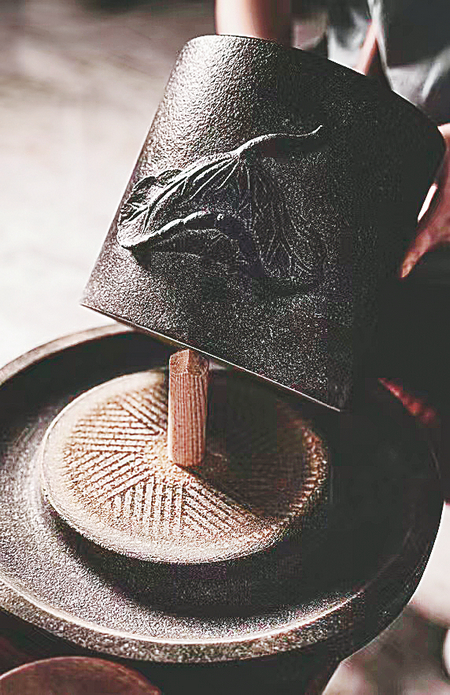
This action of pouring hot water is called dian, hence the name dian cha, which was listed as an intangible cultural heritage of Runzhou district, Zhenjiang city, Jiangsu province, in 2019.
"It is sort of like how you mix baby formula with water," Han says about tea-whisking, adding that the key is to practice coordination between the wrist and the arm. "It usually requires whisking the mixture between 180 and 200 times before the water and the tea are fully blended and the froth appears."
Then, one can take the liberty of making artistic designs in the froth with the concocted tea paste.
Han has been fascinated by the culture and art of the Song Dynasty, and has engaged in its artistic practices since childhood.
"My mother loves traditional culture and I have been leaning toward it under her influence," Han says.
In 2002, Han was admitted to the China Academy of Art in Hangzhou, Zhejiang province, and spent four years learning design.
After graduating in 2006, he worked as a graphic designer for a games company in Shanghai, and took great delight in drinking tea. This led him to learning about traditional tea culture and buying ceramic tea sets, especially those made in the style of the Song Dynasty. During the process, he also met people with the same interest.
"We exchanged notes and compared our collections," Han says.
While studying history journals trying to figure out the reasons behind the use of tea sets, he stumbled upon the art of tea-whisking.
"I was amazed by this exquisite way of drinking tea, which was also loved by Emperor Huizong of the Song Dynasty," Han says.
The emperor's book, Treatise on Tea, exposed Han to the details of tea-whisking. In the eyes of people of that time, good tea should be white and fine, Han explains. The better the tea, the whiter it should be, and the longer the froth should last.
Han experimented with several kinds of tea, such as green and black, eventually settling on using white tea.


















